8
High Trust ProductsPhone Charging Speed & Battery Life Performance Benchmarking
Chargers and Power Banks
Headphone & Speakers
Cases & Covers
Virtual Reality
Cables & Adapters
Media Player
Laptop
Tablet
Desktop
Cell Phone
Printers & Copiers
Memory Cards
TV
Computer Display
Game Console
Smart Home
Wearable Technology
Photo & Video Camera
Car Electronics
Car
Networking Equipment
Smart Toys
Home Audio & Video
Professional & Industrial
Storage Drive
Docking Station
Game Console Controllers
Set-top box
Keyboard, Mice, & Stylus
Portable Music Player
Computer Parts & Components
Cordless & Speakerphones
Projector
Software
Reporting
iPhone XS Max
by Apple









Interested in this product?

Select a product category to see which devices type we recommend to use with the iPhone XS Max:
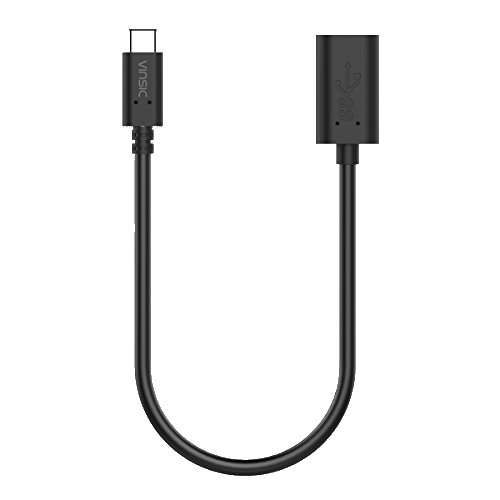
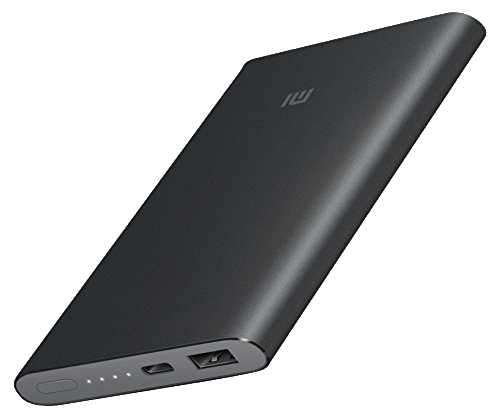
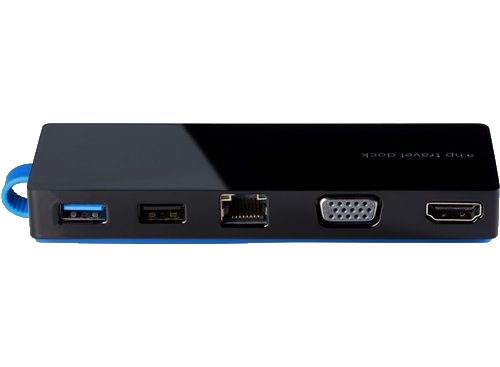
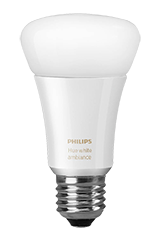

A Closer Look at the Apple iPhone XS Max and Its Support of USB Power Delivery
The Apple iPhone XS Max is notably bigger and more expensive than the Apple iPhone XS but other than that both iPhone's have very similar features and specs. The iPhone XS Max also supports eSIM technology like the iPhone XS which is one of the newer 2018 features from Apple. This means that the iPhone XS Max can use eSIM to operate on a mobile network without having a physical SIM card, although it still allows using traditional Apple SIM cards from supported mobile carrier networks. Physical SIM cards are still very much used in many Asian countries especially China, for which the iPhone XS Max offers a alternative version with dual SIM card slots.
Along with the same Apple iOS 12 chipset, 4-core GPU, and Qi wireless charging support as the iPhone XS, the iPhone XS Max also enables fast charging using USB Power Delivery 2.0 technology over its Lightning connector. Apple still retains the Lightning connector on its 2018 iPhone's despite having it replaced with the USB Type-C connector on its 2018 iPad Pro's like the Apple 11-inch iPad Pro (2018). With USB Type-C the iPad Pro offers more flexibility of using various USB Power Delivery Type-C based chargers as well as supporting DisplayPort Alternate Mode for video output.
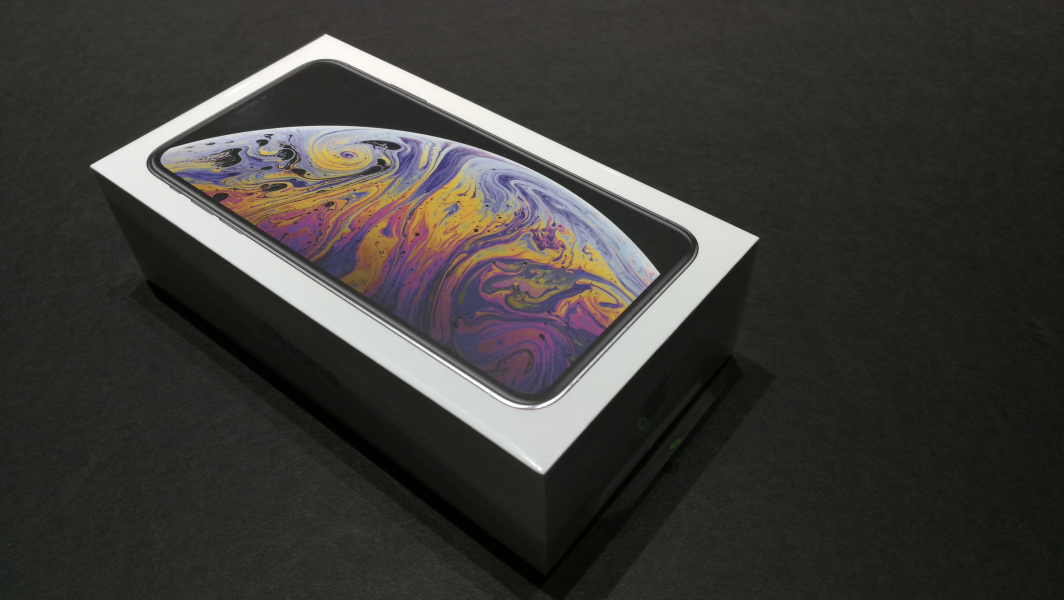
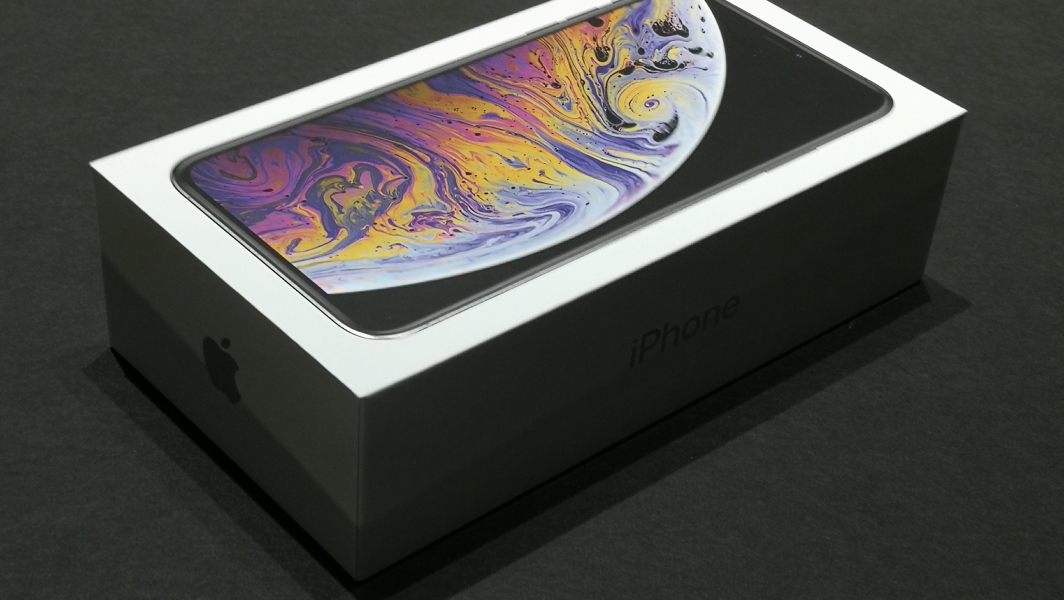
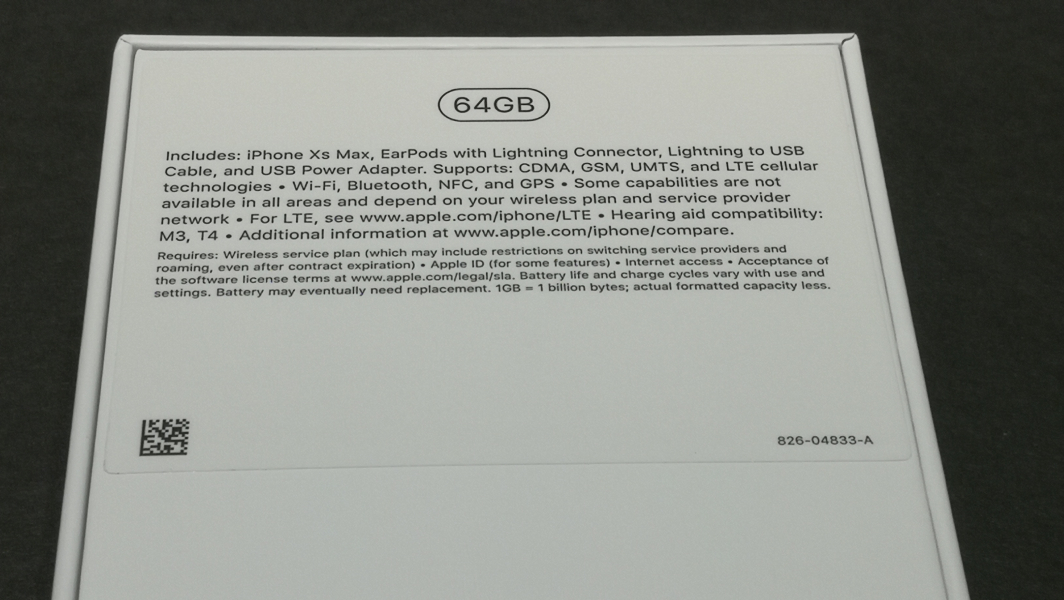
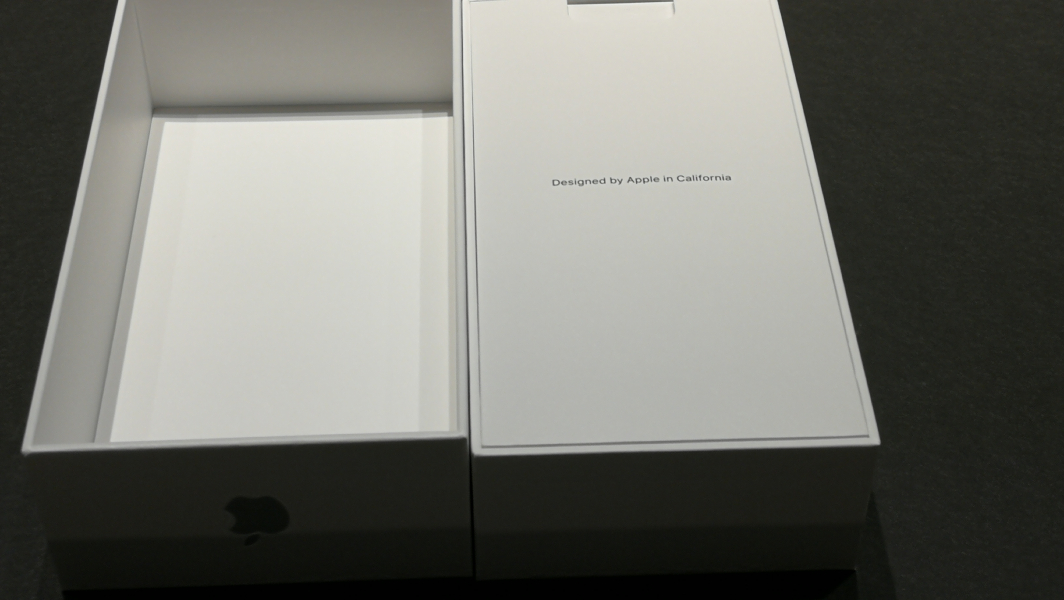

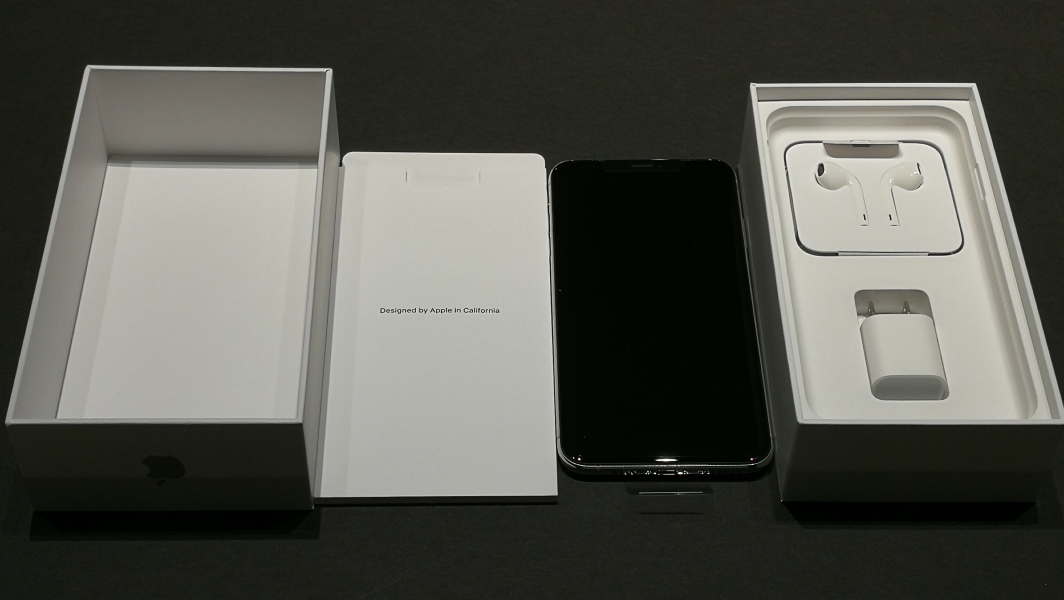

The iPhone XS Max has the same accessories as the iPhone XS that consist of a 5 watts (5 volts @ 1 amps) charger, Lightning based audio headset and USB Type-A to Lightning cable.
The iPhone XS Max is a relatively large phone at 6.5 in with 1242 x 2688 pixels screen resolution compared to 5.8 in and 1125 x 2436 pixels on the iPhone XS. The non-removable Li-Ion battery on the iPhone XS Max has a higher capacity of 3174 mAh than the iPhone XS's 2658 mAh battery.
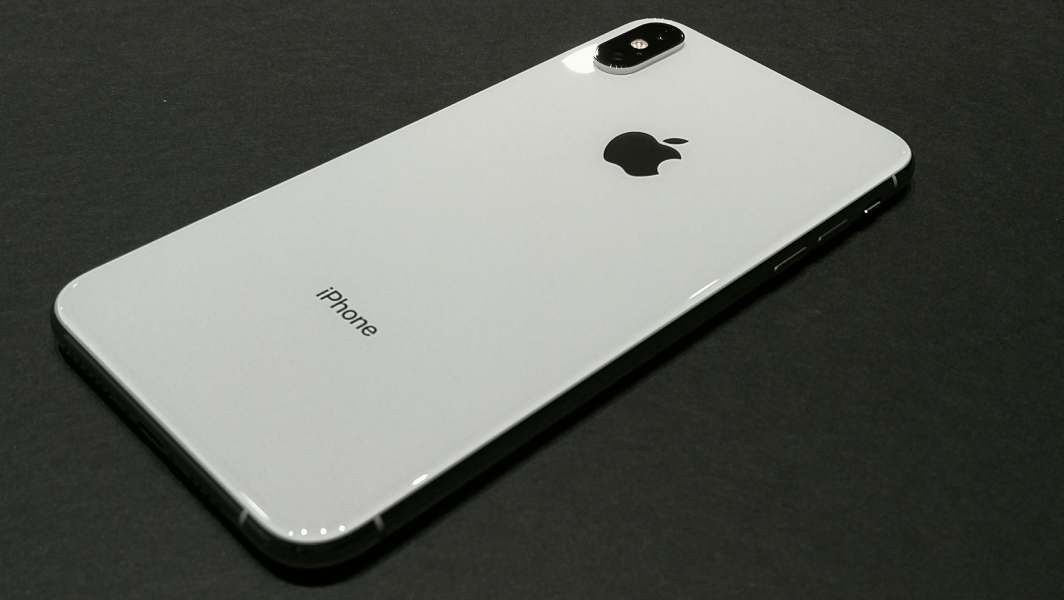
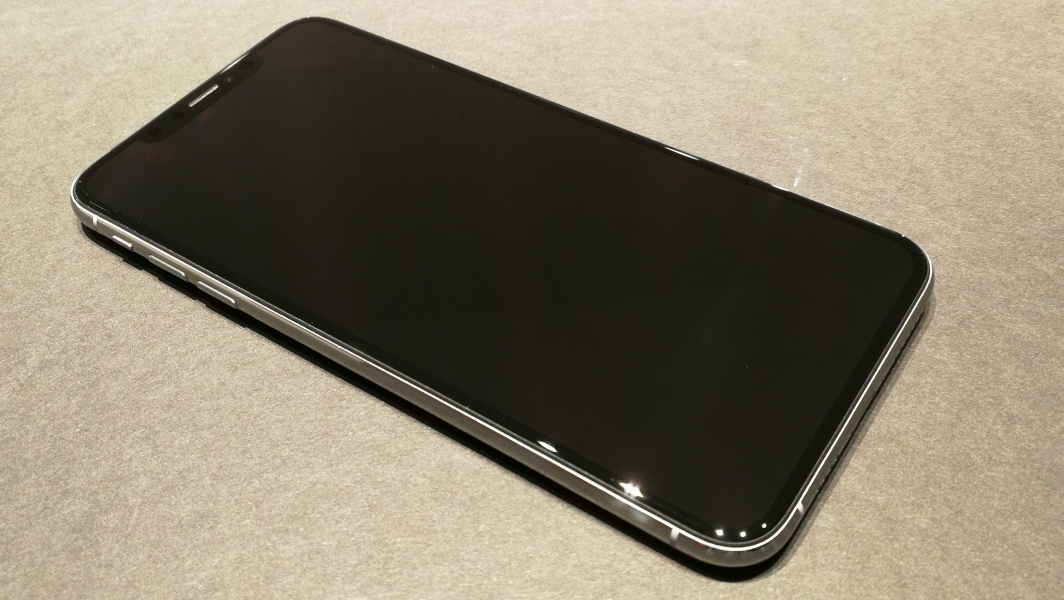
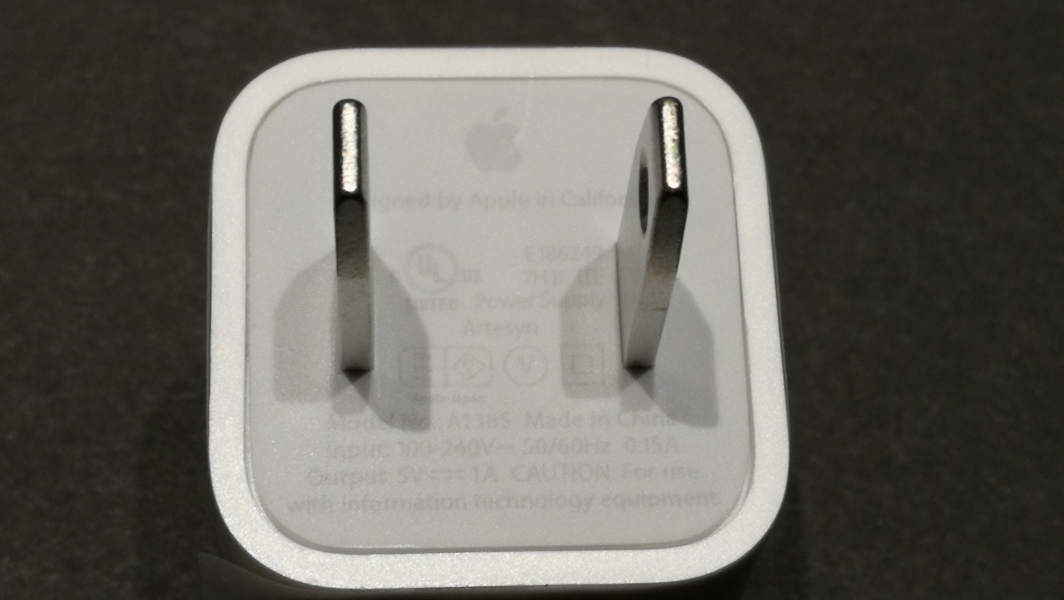
The iPhone XS Max is among the most expensive iPhone's released by Apple to date but luckily there's still the more affordable Apple iPhone XR for the price conscious to own a 2018 iPhone.
Using the USB Power Test App from Granite River Labs with the Granite River Labs USB Power Delivery Compliance C2 Tester, we ran the following tests for the iPhone XS Max.
The USB Power Test App first negotiates a power contract emulating the Source to determine the Power Delivery Sink capabilities of the iPhone XS Max. The USB Power Test App then reports out the voltage and current supported by the iPhone for each of the Source PDO's advertised to the iPhone.
| Sink Cap. | Voltage (V) | Current (A) |
|---|---|---|
| 5V | 5.06 | 2.5 |
| 6V | 6.09 | 2.55 |
| 7V | 7.08 | 1.29 |
| 8V | 8.07 | 2.04 |
| 9V | 9.09 | 1.82 |
| 10V | 10.08 | 1.62 |
| 11V | 11.09 | 1.45 |
| 12V | 12.09 | 0.79 |
| 13V | 13.07 | 1.24 |
| 14V | 14.08 | 1.17 |
| 15V | 15.08 | 0.64 |
| 16V | 5.09 | 2.55 |
| 17V | 5.11 | 2.54 |
| 18V | 5.05 | 1.84 |
| 19V | 5.09 | 2.53 |
| 20V | 5.06 | 2.55 |
The USB Power Test App from Granite River Labs also produces a voltage, current trace plot which graphically shows the voltage and current requested by the iPhone for each advertised Source PDO throughout the power negotiation.
View Full Article
Featured Products
 GTrusted
GTrusted



































